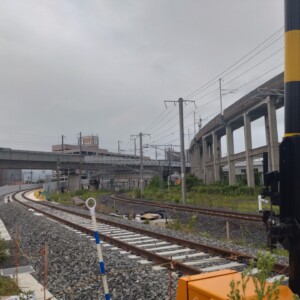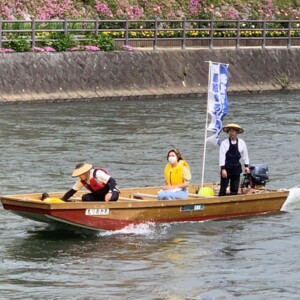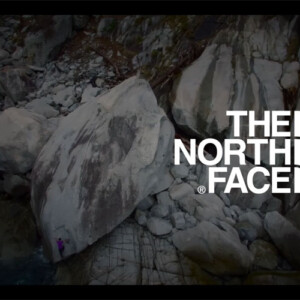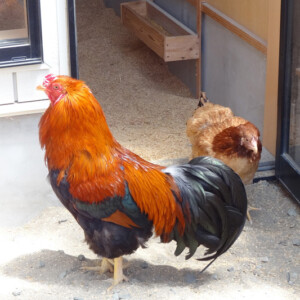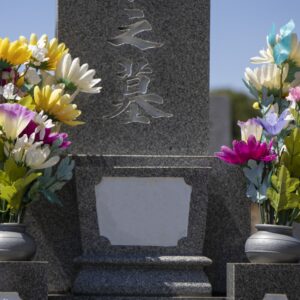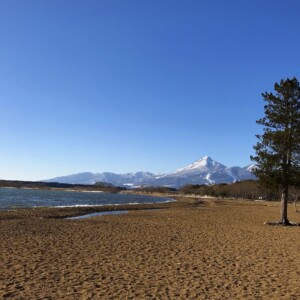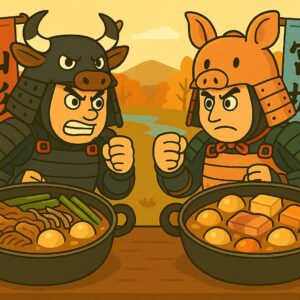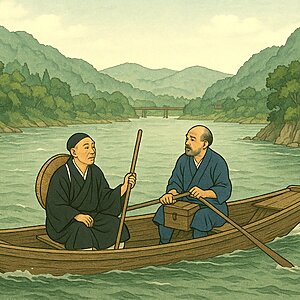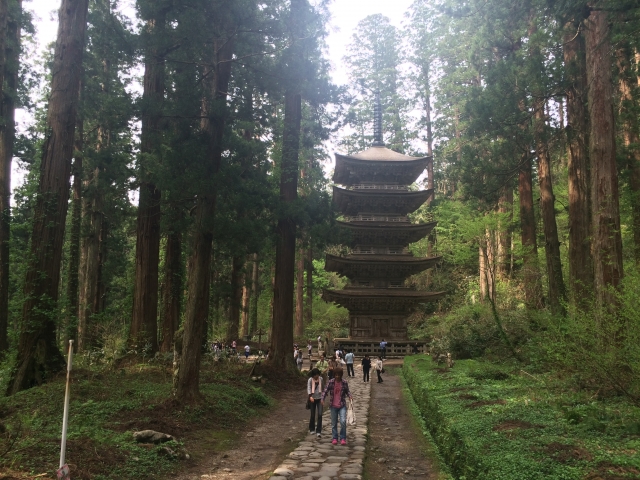
[Haguro Town, Yamagata Prefecture] Mt. Haguro is a sacred place for mountain training! There are plenty of attractions such as the five-storied pagoda, Jisugi cedar, and matchmaking shrine.
table of contents
The Dewa Sanzan in Yamagata refers to Mount Haguro, Mount Yudono, and Mount Gassan. These three mountains are famous as places of ascetic practice throughout the country
Its core is Mount Haguro (414m above sea level), where the Dewa Shrine, dedicated to the gods of the three mountains, is located. The approach to the mountain is famous for its five-story pagoda, designated a national treasure, 2,446 stone steps, and rows of cedar trees
This time, we will introduce Mount Haguro, a power spot that represents Yamagata
Beyond the gate is the sanctuary of the gods
Once you pass through the Zuishinmon Gate, you will step into the realm of the mountain god. The approach to the shrine is lined with a cedar forest said to be 500 years old. A serene atmosphere envelops the area, and you can feel the great power along with the silence
Hara River
If you walk a little further along the approach, you will see the Haraigawa River with a bright red bridge over it. This is the place where mizugori (purification with cold water to pray to the gods) was once performed
Indeed, when you watch the pure and solemn flow of the river, you are seized with the feeling that all impurities are being washed away
Jisugi
Once you cross the Haraigawa River, you will see the "Jijisugi" (Grandpa Cedar). This cedar is the most representative of the more than 500 cedar trees in the area. It is said to be 1,000 years old
It is a giant tree with a circumference of 10 meters, and has been designated a natural monument. There used to be a Grandmother Cedar here, but it was blown down by a storm, and now only the Grandfather Cedar remains
Five-storied pagoda
Soon you will see the five-story pagoda, the oldest pagoda in the Tohoku region, built 600 years ago
It has a majestic appearance with its shingled roof (a type of roofing often used for traditional cultural properties in Japan) and plain wood construction (constructed entirely from wood, with no lacquer or vermilion decoration)
It is 29 meters tall. Surrounded by tall cedar trees, it doesn't seem that tall, but its presence is overwhelming
If you visit at night, you can see the illuminated shrine
We also recommend visiting the five-story pagoda at night. For a limited time from summer to autumn, nighttime worship is possible and the pagoda is lit up. The pagoda, lit up in a gentle light in the darkness, is enveloped in a majestic aura that is different from that seen during the day
For nighttime worship, a contribution of 300 yen or more per person is required
Various events are held depending on the season
Depending on the time of year, different events are held. For example, during the Obon festival in August, you can get a special goshuin stamp that is only available to those visiting at night. In late October, the "Rainbow Road" stretches from Shinkyo Bridge to the five-story pagoda
Visiting Haguro Sansho Daigongen
After suffering a fire, the Sanshingosaiden was rebuilt in 1818. To prevent future fires, five Buddha statues of Haguro Sansho Daigongen, which had been owned by Matabei of Tenwa Village at the foot of the mountain, were donated to the temple
These Buddha statues can also be viewed at the Haguro Mountain Summit Ceremony Hall. The period is the same as the special viewing period for the five-story pagoda. The admission fee is 500 yen for the pagoda alone, and 700 yen for a combined ticket that includes Haguro Sansho Daigongen
The approach to the shrine is quite steep, so you may want to turn back
https://www.instagram.com/p/BjRjRvTlXaa/The five-story pagoda is about a 10-minute walk from Zuishinmon Gate. There are two routes to take: you can walk along the approach to the summit from here, or you can turn back to Zuishinmon Gate and drive to the summit from there
It takes about an hour to climb the stone steps from the five-story pagoda to the summit. If you don't want to get too tired, we recommend turning back
The journey to the summit
Three steep slopes
There are three steep slopes to the summit, called Ichinozaka, Ninozaka, and Sannozaka. The approach to the mountain has been awarded three stars by the famous French travel guide, Michelin Green Guide Japon
The approach to the shrine is 1.7 km long and has 2,446 stone steps. A total of 33 images of sake cups, lotus flowers, gourds, and other things are carved into the steps. Legend has it that if you can find 18 of them, your wish will come true. Why not try looking for them as you walk?
As you climb Ichinozaka and Ninozaka, sweat will naturally begin to trickle down your cheeks. Ninozaka is also known as the "Oil Spill Hill."
This saying comes from the fact that Benkei spilled the oil he was carrying because of the steepness of the slope. That's how steep it was. Let's do our best
Ninozaka Chaya heals the body and soul of worshippers
Once you reach the top of Ninozaka, you will come across Ninozaka Chaya. It's a good idea to take a break here before heading up to the top
The teahouse's popular menu item is the set of Chikara Mochi with Kinako and Red Bean Paste and Matcha (500 yen including tax). The mochi covered with locally produced kinako and homemade red bean paste is the best. It will give you energy when you're tired
The rice cakes are pounded here, so they are fresh. The elderly woman who runs the shop apparently carries a load of rice up this steep hill every day
There are many people who are not hungry due to summer fatigue and cannot eat mochi. For such people, we recommend tokoroten, which is made with local agar. It is served with cold tea and is easy to eat
https://www.instagram.com/p/BJY6Vh9DNb4/They also serve shaved ice, which you can enjoy while looking out at the magnificent view of the Shonai Plain from the outdoor seats
It is an irreplaceable place that is indispensable to worshippers, and I am eternally grateful to the shop staff
INFORMATION
| name | Ninozaka Chaya |
| location | 73-1 Tekata, Haguro-cho, Tsuruoka City, Yamagata Prefecture |
| telephone number | 0235-62-4287 |
| GOOGLE MAP |
There is a shrine for matchmaking halfway up Sannozaka
It takes about 30 minutes to get to this teahouse. It takes another 30 minutes to climb Sannozaka to the top of the mountain. Sannozaka is not as steep as Ninozaka, but it is a long distance. Take your time to climb
Halfway up Sannozaka, there is Haniyamahime Shrine, a shrine for matchmaking that is especially popular among women. It enshrines Haniyamahime-no-Mikoto, the earth goddess who was born from the excrement of Izanami-no-Mikoto
As the god of earth, he originally governs clay, potter's clay, and the soil of fields. Many people visit the shrine to pray for a fertile harvest
However, nowadays, he is widely known as the god of safe childbirth and successful love, focusing on the idea that he creates things from the earth. An increasing number of women are climbing the steep slope just to pray here
Standing on the summit is the magnificent "Sanshingosaiden"
Once you reach the top of the mountain, you will be greeted by a vast expanse of sky. Right before your eyes is the Sanshin Gosaiden, where the gods of Mt. Gassan, Mt. Haguro, and Mt. Yudono are enshrined
It was well worth the hardship of climbing up. The long stone steps leading up to the shrine are also known as the birth canal, and were the path of rebirth for ascetics
https://www.instagram.com/p/BYSlkCMn9RH/Once you have walked the entire path to the shrine and bowed to the gods of the three mountains, it will surely be an opportunity to discover a new side of yourself
Kagami Pond, located in front of the Gassaiden, has been a mystical pond and the center of Haguro faith since ancient times. You can also receive good fortune by praying towards this pond
If you're praying for love, don't forget to bring a charm
Next to the main shrine is a shop called Sanshuden, where you can buy charms and other items. Here you can purchase a charm for matchmaking (1,000 yen)
It is customary to tie the red string of this charm to the latticework at Haniyamahime Shrine, which we introduced earlier. If you are hoping for success in love or safe childbirth, be sure to buy one and tie it on your way home
Summary of mountain ascetic practices on Mount Haguro
Among the Shugendo practitioners are those known as Yamabushi. Yamabushi go into the mountains to train and acquire spiritual power. For Yamabushi, entering the mountains means temporarily entering the realm of the dead
And when they return from their training, they return to the world of the living, in other words, they are reborn. Mount Haguro, which we introduced this time, is considered to be the center of this mountain asceticism
If you ask the Haguro Town Tourism Association, you can actually climb the mountain like a mountain ascetic, guided by a mountain ascetic. There are also mountain ascetic experience classes available.
The mountain ascetic experience is authentic, involving dressing in white attire and participating in waterfall training. If you're interested, please contact the Haguro Town Tourism Association.
INFORMATION
| name | Haguro Town Tourism Association |
| telephone number | 0235-62-4727 |
| Official URL | http://hagurokanko.jp/shiru/yamabushisyugyou/taikenjuku.html |
INFORMATION
| name | Mount Haguro |
| location | Temuki, Haguro-cho, Tsuruoka City, Yamagata Prefecture |
| telephone number | 0235-62-2355 (Dewa Sanzan Shrine) |
| Official URL | http://www.dewasanzan.jp/ |
| GOOGLE MAP |


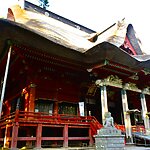
![[Series: Following the narrow path to the back of the mountain ⑥] Go down the Mogami River and visit the Dewa Sanzan, one of Japan's three major Shugendo practices Oku no Hosomichi 6](https://jp.neft.asia/wp-content/uploads/2023/09/786c5389e81e05d443e2f0e37aae4289-1-150x150.jpg)
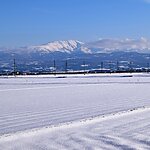

![[Gassan, Nishimurayama District, Yamagata Prefecture] Can you ski in midsummer? The season starts at Gassan Ski Resort when it gets warmer. Gassan (summer skiing)](https://jp.neft.asia/wp-content/uploads/2023/05/22719237_m-150x150.jpg)
![[Yamagata Prefecture] Tsuruoka's silk fabric industry created by changing swords to hoes. 5182039_m](https://jp.neft.asia/wp-content/uploads/2023/02/5182039_m-150x150.jpg)
!["Negaseki" is one of the three ancient Oshu sekies that surpasses Minamoto Yoshitsune and Matsuo Basho [Tsuruoka City, Yamagata Prefecture] 3809167_m](https://jp.neft.asia/wp-content/uploads/2023/02/3809167_m-150x150.jpg)
![[Yamagata Prefecture] 3 famous waters in Yamagata Prefecture! Yamagata Prefecture is home to blessed water created by snow, mountains, and forests. Yamagata Falls](https://jp.neft.asia/wp-content/uploads/2023/02/9b639100f52e30365f8499a2f4657724-150x150.jpg)
